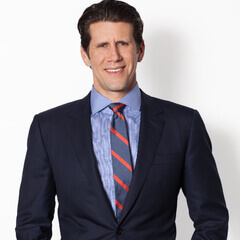As older workers remain in the workforce longer, age discrimination is becoming more pervasive, despite the protections of the Age Discrimination in Employment Act (ADEA). Now the Supreme Court has been asked to decide whether the ADEA protects outside job applicants.
The Backdrop
In January, the 7th Circuit Court of Appeals ruled that the ADEA only applies to current employees, not job applicants (Kleber v. CareFusion Corp.) The 58-year old plaintiff, Dan Kleber, applied for an in-house attorney position with the medical technology firm even though the classified ad for the position requested a maximum of 7 years’ experience.
The position ultimately went to a 29 year old applicant, and Kleber sued claiming that CareFusion discriminated against him in the hiring process. Kleber is arguing CareFusion denied him the opportunity to be considered for employment because the company set a maximum years of experience limit for the position he applied for ion violation of the ADEA.
The case eventually was heard en banc by the 7th Circuit, which held that the ADEA’s disparate impact protections do not apply to outside job applicants. Kleber has now petitioned the Supreme Court to take up the case because the appellate court’s ruling conflicted with prior Supreme Court rulings.
In particular, the 7th Circuit ruling undermines the purpose of the ADEA, eliminating age discrimination against older job applicants. Without disparate impact protections, outside applicants are defenseless against discriminatory policies and practices that treat older applicants unfairly. In effect, the 7th Circuit’s ruling will weaken the ADEA.
The Bottom Line
Whether the high court will take up the case remains to be seen. At the same time Congressional lawmakers are considering legislation to enhance the protection of the ADEA, the Protecting Older Workers Against Discrimination Act (POWADA), by changing a provision requiring workers to prove that age discrimination was the deciding factor, and allow workers to use any type of evidence to prove age discrimination.
In the meantime, workers in New York have greater protection under the state’s human rights law which allows claims to be brought based on disparate impact and disparate treatment. An example of the latter would be evidence of a younger person being hired over an older person despite the elder of the two being more qualified. Ultimately, the best way for older workers to protect their rights is to enlist the services of an experienced employment law attorney.

